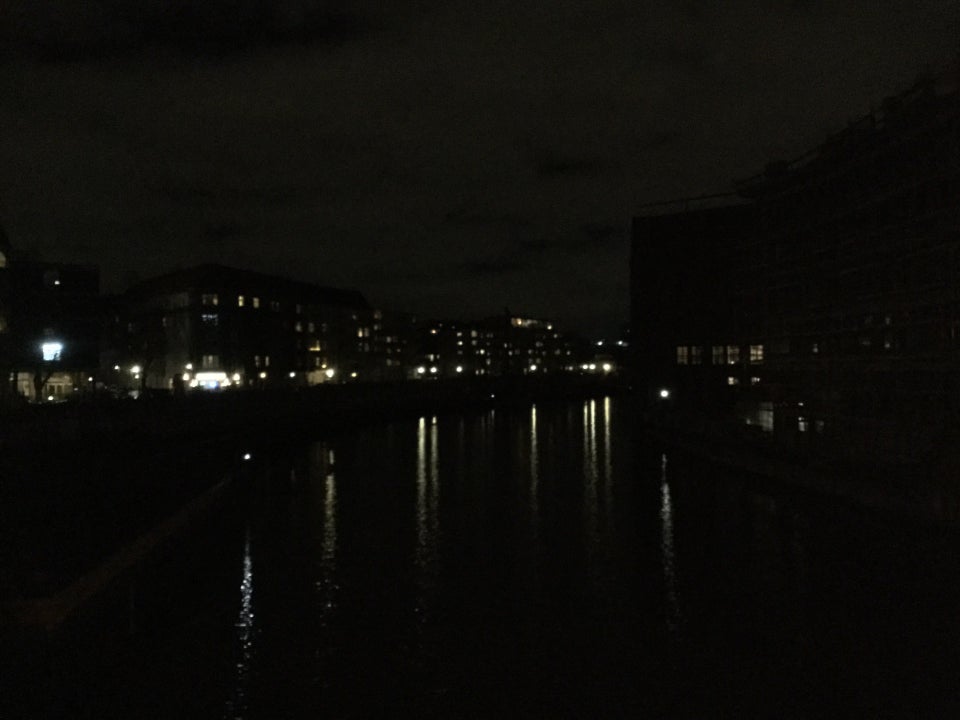The Fragmention processing model says to “contiguous text that matches the fragment with white space collapsing”. “space collapsing” is ambiguous here and must be better defined for interoperable implementation. Examples of questions that need to be answered explicitly by normative text in the spec:
Is space collapsed in the fragment?
Is space collapsed in the document text?
Is space collapsed "inter-word" (in either or both fragment and document text)?
Is space collapsed at the beginning and end (of either or both)?
Is space at the beginning and end collapsed or stripped (of either or both)?
Which definition of “white space” is used? Which characters are considered space to be collapsed, or can the spec link to a canonical definition of that elsewhere?
The specification should at least answer these questions, preferably with examples demonstrating why the specific answers were chosen, and add tests for them accordingly.
 t
t